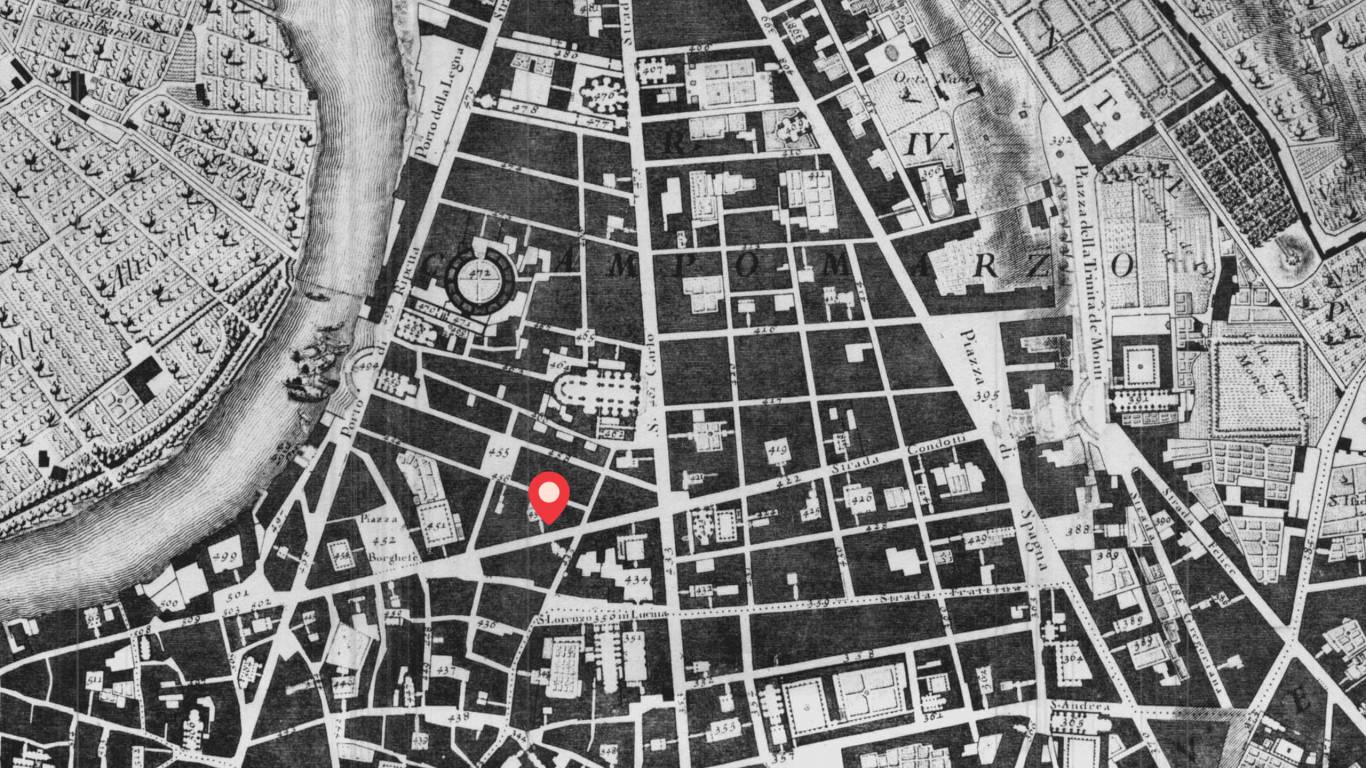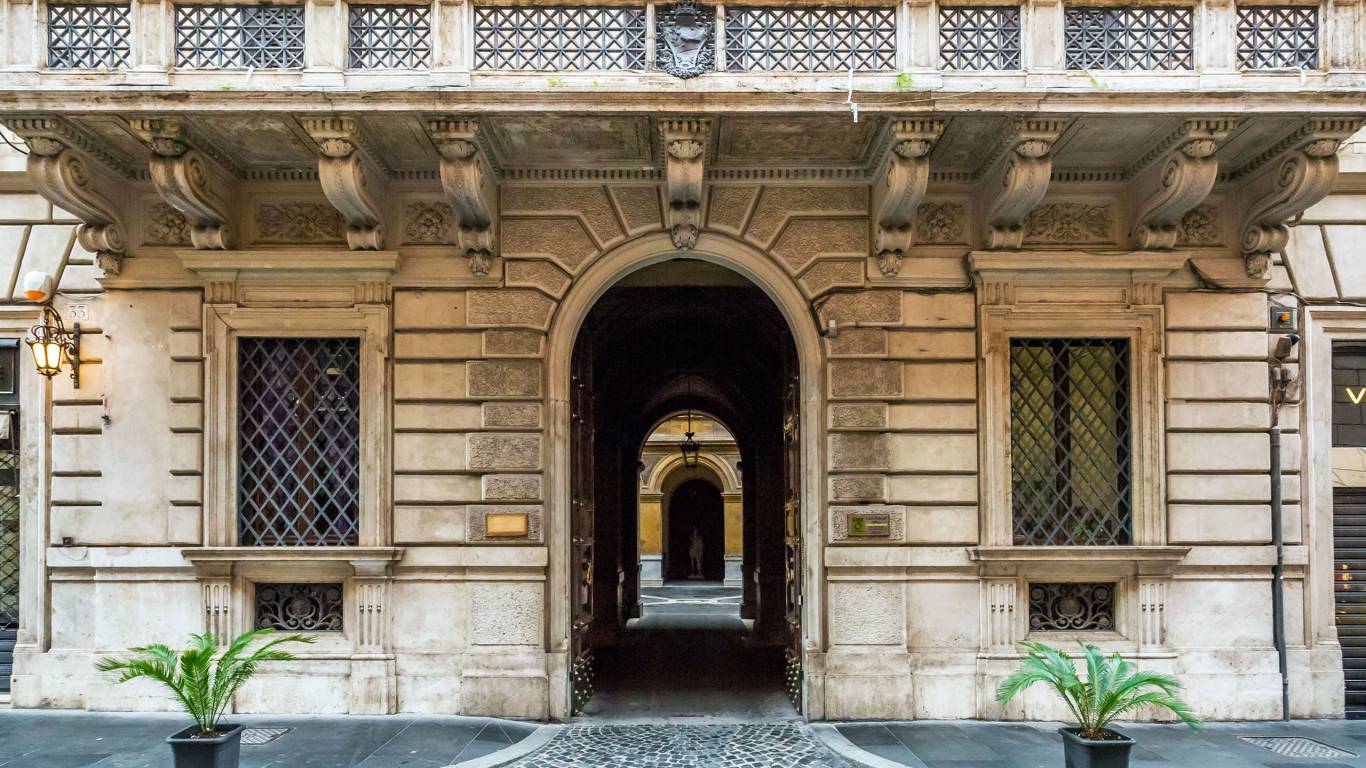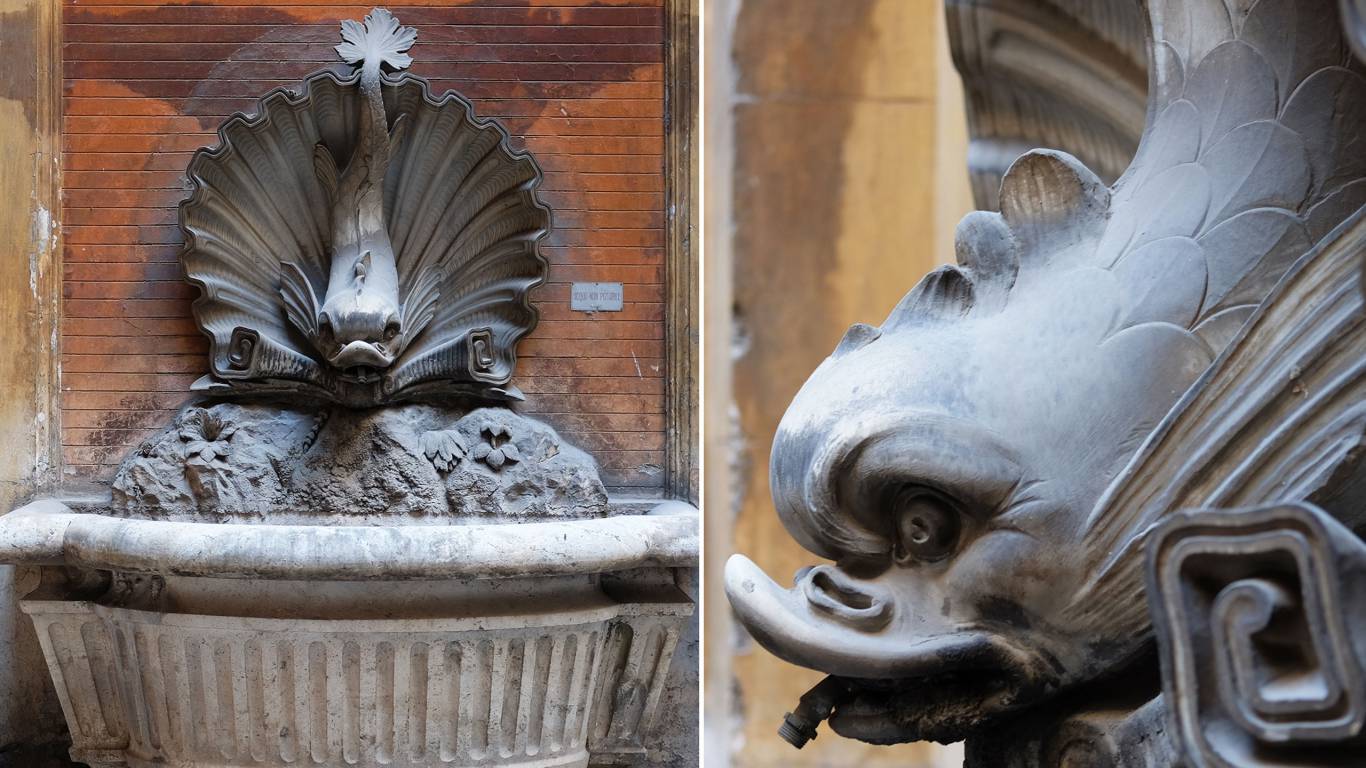A unique position
in the centre of Rome
In the heart of Rome’s Ansa barocca
The first pearl that the Nobildonne Relais offers its guests is its unique location, at No. 35 on Via della Fontanella di Borghese, in the heart of the renowned “ansa barocca” – the bend in the Tiber that plays host to the greatest masterpieces built during the golden age of modern Rome, between the 16th and 18th centuries.
Just a few minutes’ strolling will allow you to discover a series of truly extraordinary places, from the Piazza di Spagna and the Spanish Steps, to the Ara Pacis with the Richard Meier Museum, Piazza del Popolo, the Pantheon and Piazza Navona.
The finest shopping streets for the best in Italian fashion are just around the corner, including Via Condotti, Via Frattina and Via del Corso; as are numerous legendary names in the history of Rome’s traditions of food and drink, such as the Antico Caffè Greco, Giolitti and Ciampini, to name but a few.
A metro stop (Piazza di Spagna Station) is in the vicinity if you need to go further afield, or reach the airports, and there is a convenient taxi rank and bus station at nearby Piazza Augusto Imperatore.
Welcome to Palazzo Mereghi
The Nobildonne Relais is housed within Palazzo Mereghi – residence of Marquis Giulio Mereghi – which faces out over Via della Fontanella di Borghese (the ancient Via Trinitatis opened by Pope Paul III in 1544, together with Via Clementina and Via Condotti). It is no accident that the building is located right next to Palazzo Borghese, since the Marquis was a great friend of the family, and even founded the Banco di Roma (Bank of Rome) in partnership with Antonio Borghese.
The building was constructed between 1867 and 1890, at the high point of the construction boom for the new Capital City of the recently united Italy, on the ruins of an existing building, the main door of which can be seen at the end of the courtyard (the palazzo appears in Nolli’s celebrated map).
The building was one of the greatest works of the acclaimed Roman architect Gioacchino Ersoch. The brilliant Neo-Renaissance style is typical of the period, complemented by classical floral decorations in the courtyard, with windows, mouldings, cornices and frescos all in perfect 16th-century style.
The courtyard also houses the twin fountains called "Fish Fountains", designed by Ersoch himself and today a destination for lovers of hidden Rome, even if not currently active. The fountains represent two large fish in the middle of a shell, in the act of diving into a round pool with decorations in marine style.





